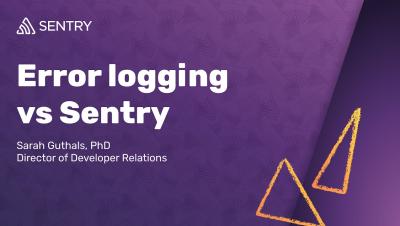When Code Breaks, Fix it Faster with Sentry
See why 4M developers consider Sentry “not bad”. Get the context you need when your code breaks. See the environment, OS, device, and commit that introduced an error, and what’s causing slowdowns in your application, down to the broken line of code.











